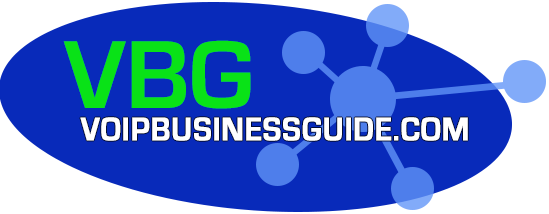6 Tips For A Smooth Collaboration Migration
Communication and collaboration platforms skyrocketed in use following the outbreak of Covid-19, among organizations across all verticals.
For example, by March 2020, Microsoft Teams an integration option that Star2Star, A Sangoma Company offers shot up to 44 million users. By April 2020, Teams reached 75 million users. And by October, it climbed to 115 million — and remains one of the leading enterprise platforms for connecting users across remote locations. Organizations are also relying heavily on programs like Zoom, Slack and Webex to keep team members in touch and productive.
At this point, your organization may be considering migrating to one of these platforms. Yet, there are some important considerations to keep in mind to ensure optimal results.
1. Round Up Your Admins & Users
Chances are your enterprise has a fragmented messaging framework in place, with teams utilizing a variety of platforms to communicate. This is a good time to do a gut check and determine what your organization is currently using, and where and if any of these solutions can be extended. For example, sales may be using Zoom for video, while customer support uses Microsoft Teams for chat collaboration, and you may have yet another solution for your voice communications. You may be able to leverage a full suite of communications and collaboration from these vendors versus single solutions once you understand the use cases. A proposed tool may or may not be the most cost-effective solution so it’s essential to understand how your business needs to communicate and collaborate.
Bring your users and IT administrators together and form a deployment committee to determine where various platforms could make sense in the enterprise. You may find that some platforms perform better in certain environments and user groups than others.
For example, some teams may be able to get by using a bare-bones platform with limited tools. Other teams may require advanced collaboration hubs for sharing files and notes and collaborating with each other.
During this meeting, you should also outline potential friction points and technical considerations to ensure a smooth migration.
2. Set Policies
You may wind up with a situation where multiple teams can create and manage deployments. Set clear governance policies to avoid running into operational and security issues down the road.
For example, Microsoft provides various governance tools for Teams, enabling you to control things like how Teams are named and classified, who can create Teams, and whether guests are allowed. Competitive solutions may offer greater or lesser capabilities, so it’s important to decide what kind of oversight you will need prior to evaluating tools.
3. Optimize & Secure Your Cloud
Next, you’ll want to analyze and optimize your overall cloud environment. Talk to your admins about where emails and files live — and consider correlating specific platforms with appropriate cloud systems. Make sure your new platform has the right supporting cloud environment. If you still have applications you are hosting in your own data center or in a third-party data center that require your employees to VPN to access, there may be a better way to enable their productivity.
If this is the case you should consider using a desktop as a service (DaaS) solution to securely deliver your app to any location. This way, end-users can log into a secure portal and access apps and data instead of having them live on their machines or by leveraging complicated secure VPNs to access.
4. Upgrade Your Voice Quality, Workflow Integrations & More
Look for opportunities to enhance the platform for better results. For example, Microsoft makes it very easy to integrate additional services into Teams and there are hundreds of apps to explore. One thing to consider is that the platform doesn’t offer great native voice functionality, and users often complain about poor quality on calls. We’ve found that you can easily augment Teams by using third-party enterprise business voice services in conjunction with Microsoft’s infrastructure. In doing so, you can ensure crystal clear calls and achieve much greater flexibility.
It’s also important to understand if you need any IoT integrations to manage your business. This could be anything from integration with overhead paging systems, to door strike/telephony integrations, or integration to older analog devices. While these may not come natively in a potential solution, if you need to support these, they can be managed by choosing a telephony partner that works with the solution you end up choosing.
Connected worker apps may include urgent notifications, mass notifications, employee alerts, curbside service, and CRM integrations, and are designed to provide better control over your unique workflows via your communications. These applications are not necessarily natively supported in your solution of choice. However, by leveraging solutions from companies that work to integrate tools, you can further extend productivity and responsiveness for your business.
5. Test Your Platform Before Deploying
Before deploying a platform across the enterprise, it’s a good idea to test it in a small and controlled setting.
Approach various user groups, and identify users that may benefit from the new platform. Have your IT department deploy it, and test the platform for quality and reliability.
If the platform is a success and the users enjoy the experience, consider integrating the platform into that unit and move onto another one. This accomplishes a few things. First, it lets your IT team educate users and explain the reason for the migration and the benefits that the platform offers. It also gives administrators the ability to identify possible areas of friction and make changes to avoid potential disruptions.
6. Deploy
Once you’ve completed all of the above steps, the only thing left to do is deploy across your entire organization. Your employees will be more comfortable and productive when you take the time to migrate to a new collaboration solution according to these guidelines. And for the long term, you will have set up your business for ongoing success as remote work and team collaboration become even more critical to daily operations.
Article originally featured on Forbes.com.
The post 6 Tips For A Smooth Collaboration Migration appeared first on Sangoma.







